Photography is the perfect medium for preserving special moments in our lives, especially when we travel to new places.
Capturing picturesque scenes and extraordinary moments is a way to share our most personal experiences with others—including our future selves—so it’s easy to see travel and photography as perfectly complimentary things.
Our motivation behind taking photos on our travels may be as diverse as the types of cameras out there. Maybe you’re active on social media and want to have your work seen and shared. Maybe you simply want to document your travels, adding to the growing record of the things you’ve done in your life. Or maybe, like me, the thought of travelling without a camera is downright inconceivable!
The difference between a decent travel photo and a good one comes down to your approach. Of course, there’s nothing wrong with posing in front of famous landmarks, nor is there anything wrong with taking snapshots of you and your friends relaxing at a resort or enjoying a nice meal. Travel photography is all about context. The point is to capture as many visual cues in a single frame that shows the viewer this isn’t just a mundane scene from back home. That said, you can turn your pictures into well-composed images merely by putting more thought into the process.
Note: We won’t cover any technical aspects of photography in this article, as there are plenty of comprehensive resources out there (e.g. online courses, photo blogs, YouTube tutorials, etc.) to help improve your photography skills. Instead, we’ll focus on the methodology.
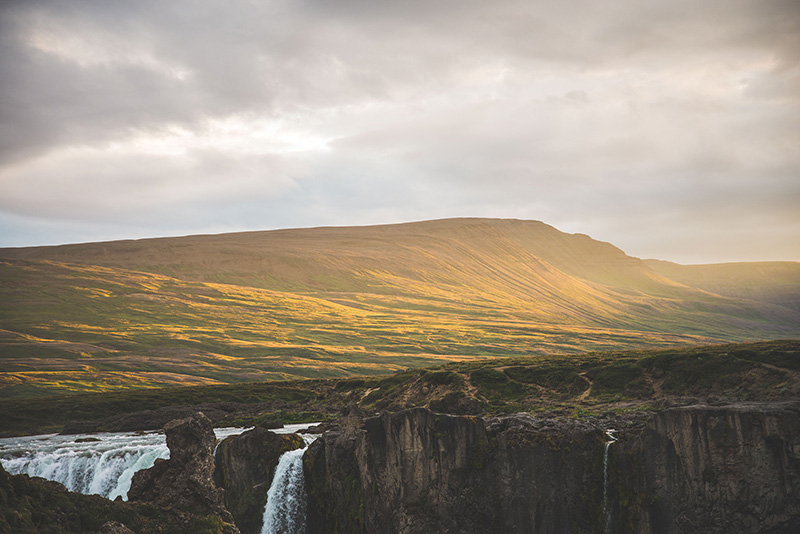
Pack only what you need
It’s easy enough to decide which photography equipment you should bring with you, if all you have is a camera (types which include point-and-shoot, DSLR, mirrorless, manual and the ones built in your cellphone). But if you own an array of camera gear, try to decide on the best combination to take with you for travel. If you shoot with a more advanced camera, basic items might include:
- camera body
- wide-angle lens (e.g. for landscapes and architecture)
- mid-range lens (e.g. for street photography and portraits)
- telephoto lens (e.g. for nature/wildlife and sports)
- tripod
- external flash or strobe
- extra memory card and extra battery
- camera bag
- laptop or tablet (e.g. for photo editing on-the-go)
What you end up packing ultimately depends on where you’re going and what you’ll be doing there. For example, it wouldn’t make much sense to bring a DSLR with a heavy, long lens with you to a busy, crowded marketplace. Not only would it be cumbersome, but it would also make your valuable electronics stick out in situations where personal safety can be a concern. In this case, it’d be better to stick with something more compact or discrete.
Take only what you need: it’s best to travel light with minimal gear, especially when backpacking, as you don’t want to burden yourself by carrying too much extra weight or constantly having to worry about protecting your equipment—this is something I’ve learned the hard way on more than one occasion!
Tip: There are many travel-friendly camera bags you can buy. Try to look for the ones that double as camera bags (with sufficient protective padding) and as regular backpacks (with space for snacks, water bottles, guidebooks, passport and documents). It goes without saying that you should take your camera bag on the plane as a carry-on item.
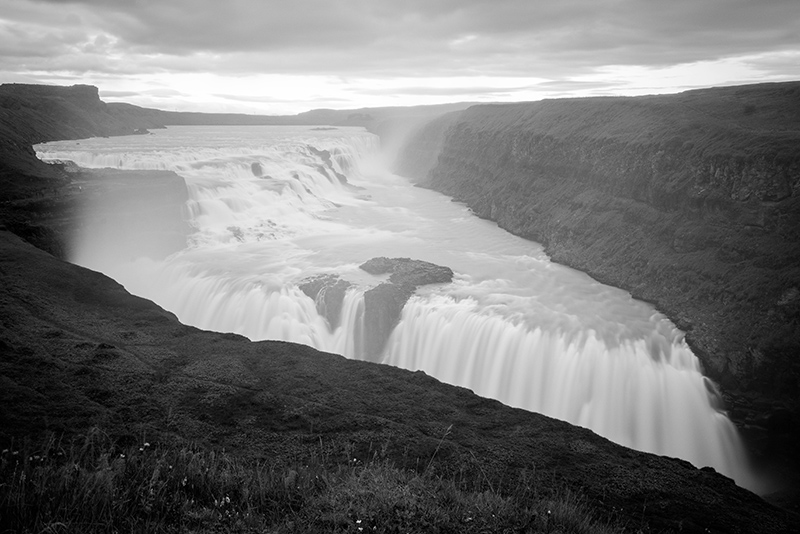
Pre-plan your shoots
If, like me, you’re a little obsessed with chasing that perfect travel photo, you’ll probably find yourself going to great lengths just for a photo op. Yet it never hurts to do a bit of visual brainstorming beforehand. You might even want to do this as early as the trip-planning stage, the same way you’d read up on attraction recommendations and accommodation reviews. Travelling with a mobile device with on-the-spot WiFi access will come in handy, too, once you’re at your destination.
It’s easy to do some location scouting these days without actually having to visit the places. A quick Google image search or looking up relevant location hashtags on Instagram will give you more than enough results. Use whatever you see as reference or inspiration for photographing your destination-specific scene with your own camera.
Tip: Do it a little differently! Our online feeds (e.g. Facebook, Twitter, Instagram, Pinterest, and so on) are so inundated with beautiful travel photos that it’s both inspiring and a bit mind-numbing at the same time. To challenge yourself, visualize how you’d shoot the subjects or scenes differently if you were there. Think about establishing a more unique vantage point—what perspective would you shoot from if you had complete control over the photos?
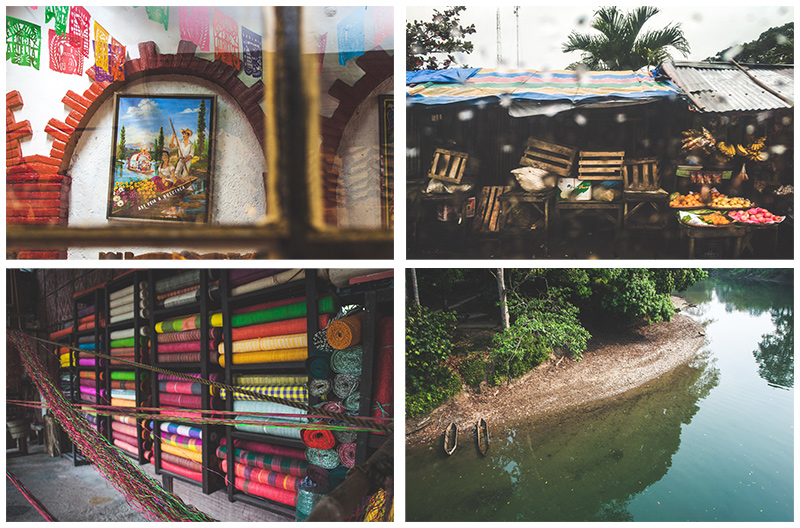
Focus on a theme
In places where there’s so much going on, it’s nearly impossible to take pictures of everything, despite what the space left on your memory card tells you. Sometimes, you’ll find that it’s good practice to limit yourself to a single theme or two. I did this myself when I visited London, a city where you can easily be overwhelmed with everything that’s going on all at once.
One way to narrow down your choice is to tailor your theme to the type of travel you’re doing. Will you be staying at the centre of a lively urban metropolis? Are you going out into the vast, uncharted wilderness? Will you be spending time with locals and bear witness to their customs and traditions? Are you planning to sample all the local cuisine at a renowned culinary destination?
Back in London, I knew there’d be people from just about every part of the world, so I told myself to only take photos of people. That way, I could soak in everything else (e.g. the food, the architecture, the historical and cultural sights) without having to be distracted by an unrealistic need to take photos of them. You don’t have to stick to your chosen theme 100% of the time, but thinking about where you’re going and what those destinations uniquely offer will help you focus.
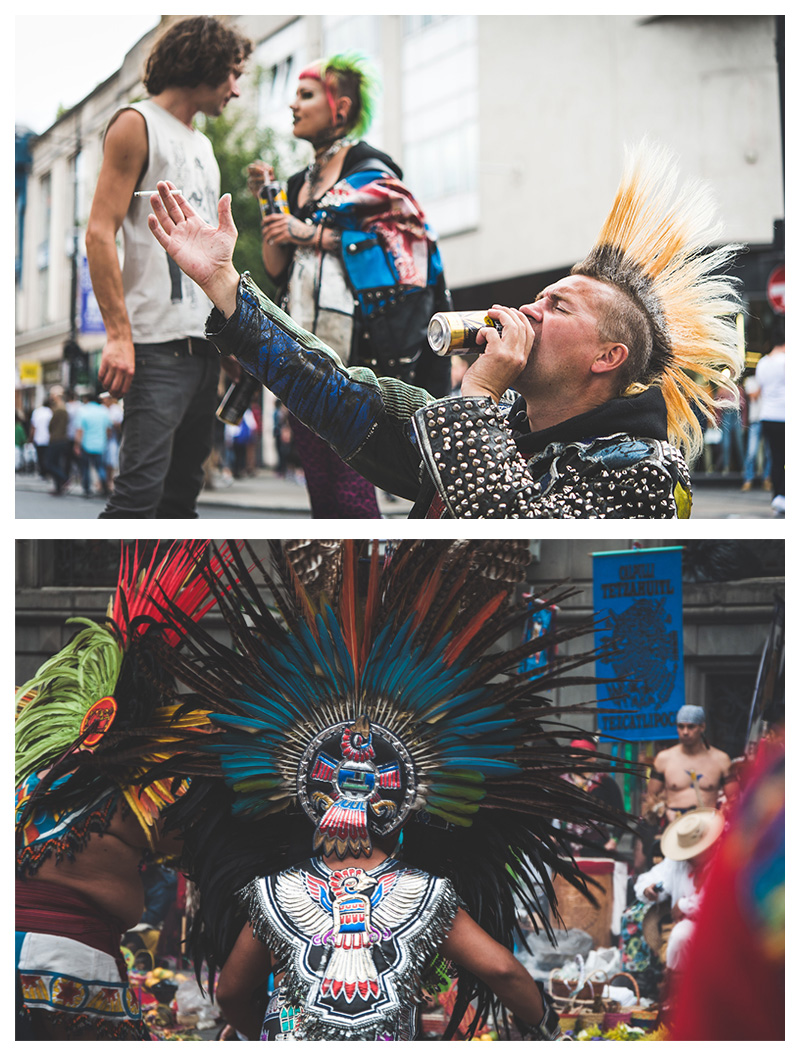
Keep an open mind
This might seem to contradict the previous tip, but sometimes you’ll just come across a completely unexpected ‘Kodak moment’. You could be wandering around a town’s streets on the day of a festival you didn’t even know was being celebrated—will you stick to your original plan of visiting the drywall museum or will you follow the lively crowds and see what photos come out of it?
There are photographs that you have to seek out yourself and there are those that just fall into your lap, and all you have to do is point your camera and click! These welcomed surprises don’t always have to be things that stop you on your tracks. There’s room for on-the-go planning, too. One way to do this is to talk to locals. They’re usually a great source of insider information and unexpected wisdom, revealing things you wouldn’t have known about unless someone specifically told you.

Always bring a camera with you…
You’ve probably heard that familiar adage, “the best camera is the one you have with you”. This is truer than ever now, since powerful computers that double as cameras sit snuggly in our pockets all the time. Depending on lighting conditions, you may not get that professional image you were hoping for, but what you give up in image quality, you make up for by actually walking away with a photo or two.
I’ll never forget the time I went out for an early morning walk in a rural town in southern Mexico without anything on me—I distinctly remember looking at my phone and wallet as I walked out the front door and thought, “Nah”. At the morning market, I met an eccentric cowboy who, incidentally, also made the best churros in the world. We started talking about random things, including tattoos. Without hesitation, he lifted up his shirt, revealing a tattoo of a rodeo clown with his own nipple as the clown’s nose. I couldn’t understand everything he said, but he told me the tattoo was somehow a tribute to his mother. The combined visuals of his carefree expression, the weathered clown tattoo, the churro cart and the backdrop of the market really spoke to his character and would’ve made quite an interesting photograph, but instead it merely lives as a mental image that haunts me from time to time. The moral of this story is: always bring your camera!
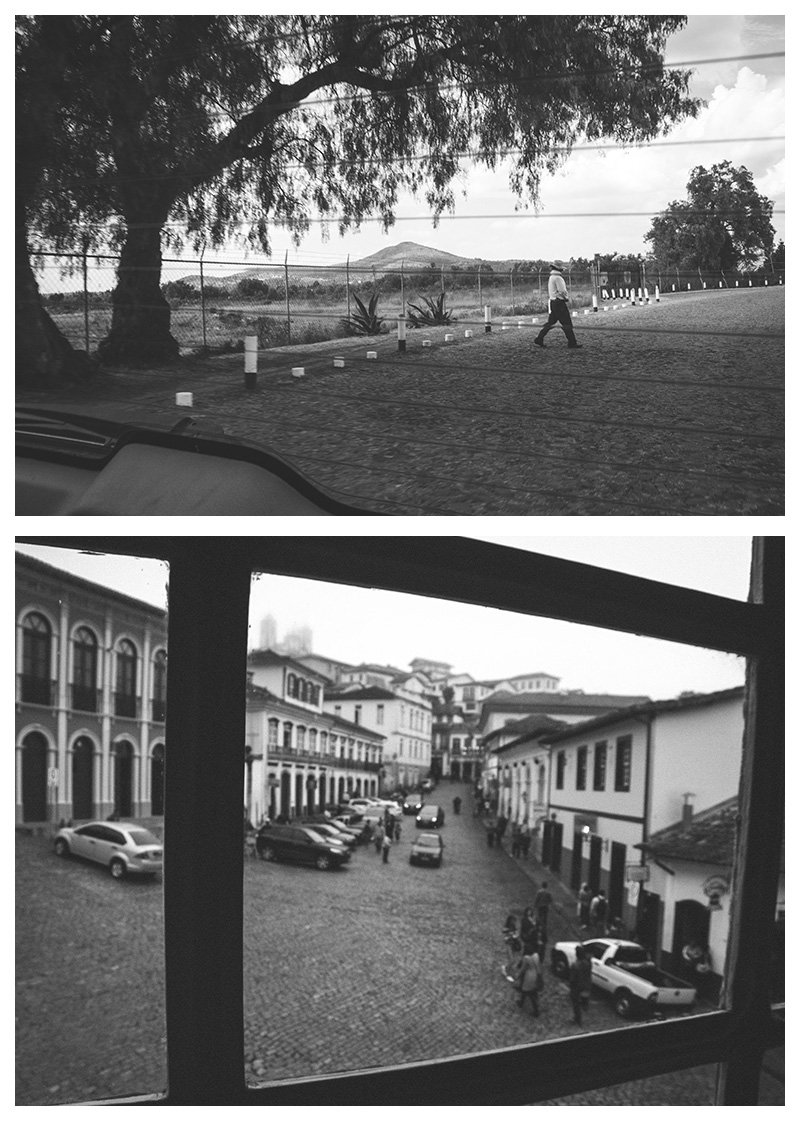
…but also know when to put the camera down
For a blog post on travel photography, this would probably be the most counter-intuitive, yet crucial advice to keep in mind. Speaking from personal experience, I’ve found that always having a camera on you puts unnecessary pressure on yourself to capture just about everything that’s novel or visually appealing. And why not? You’re only at the destination for a limited time and should document all the things that brought you there in the first place, right?
Well, no. The challenge lies in finding a balance that works for you. Sometimes, the right thing to do would be to ignore that nagging voice in your head that’s telling you to turn your camera on and point it towards ‘the thing that’s happening over there’. But for every photo op out there, there are as just many instances when a traveller should be fully immersed in the moment, free from any distraction. It’s too easy to get caught up in the act of trying to snap that perfect picture that you might lose sight of the bigger one—you’re there to travel, after all.
There’s no substitute for experiencing things firsthand through your own senses instead of through a lens or a finished photograph. You can only capture the sight, sound, smell, taste or feel of something all at once right then and there. When you travel, you’re making an active decision to be either an observer or a participant—so think twice about the price you’re willing to pay to get that perfect photo.
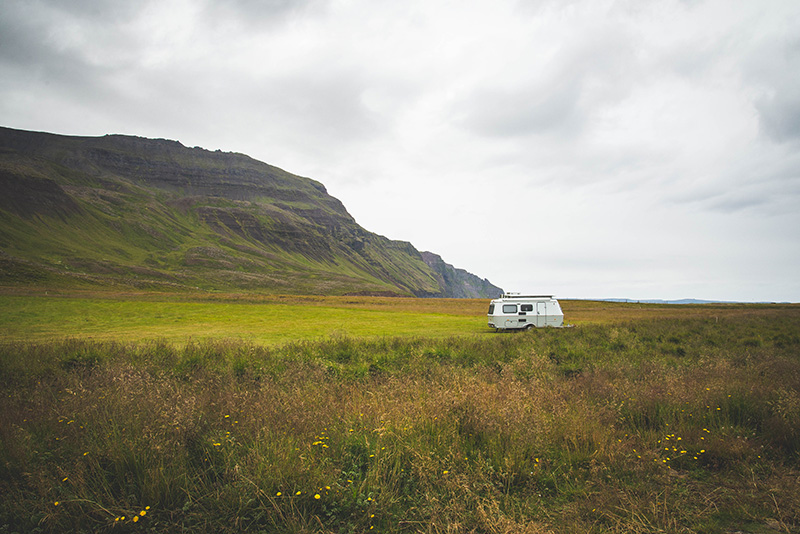
Tip: If you go back home and look at your travel photos only to find that they don’t look the way you’d hoped, don’t stress about it. You’ll have more chances to take better photos on your next trip. One way to keep improving is to look at these ones with a critical eye and take mental notes. What don’t you like about it? What can be done better? What have others done in that situation? And most importantly, what do you like about it?
Photographs act as bridges to our memories, but they should never take the place of the memories themselves. As we get older, we might forget the little details from that one trip we took 10, 20 or 30 years ago. Seeing our own photos might trigger information that was buried somewhere deep in our busy minds. If you continually ask yourself, “What kind of photos should I take on my travels?” and can’t come up with anything, maybe you’ll find a better answer by asking yourself instead, “What kind of photos do I want to look back on when I’m older?”
Are there any travel photos you’d like to share with other readers? Feel free to attach a small image file to your comments!
Happy shooting,
Justin

Great information i remember next time to travel. Thanks for sharing
Glad you liked it, hopefully you’ll come back with lots of interesting photos from your next trip! Feel free to share them here with other readers.
Best,
Justin